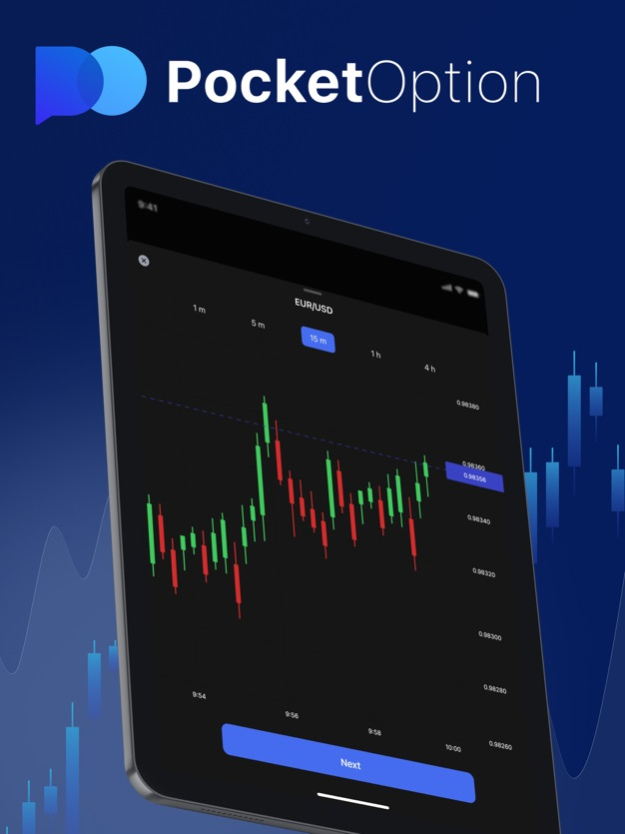
Strategies for Trading on Pocket
Trading on Pocket can be a profitable venture if approached with the right strategies. Whether you are a beginner or an experienced trader, it is essential to have a solid trading plan and understand market dynamics. In this article, we will discuss various strategies for trading on Pocket, focusing on risk management, market analysis, and trading psychology. For more detailed strategies, you can visit Strategies for Trading on Pocket Option https://pocketoption-online.com/strategiya-na-pocket-option/.
Understanding the Basics of Pocket Trading
Before diving into specific strategies, it’s crucial to understand what Pocket trading entails. Pocket is a user-friendly trading platform that allows you to trade various financial instruments, including Forex, cryptocurrencies, and commodities. It provides a flexible trading environment suitable for both novice and experienced traders. The key to success on this platform lies in your ability to make informed decisions based on market analysis and trends.
1. Risk Management
One of the most critical aspects of trading is risk management. Without a proper risk management strategy, even the best trades can lead to significant losses. Here are some essential practices for managing risk when trading on Pocket:
- Set a Budget: Decide on how much money you are willing to invest and potentially lose. This budget should refrain from affecting your financial stability.
- Use Stop-Loss Orders: Always set stop-loss orders to limit potential losses. This feature automatically closes your position when the price reaches a certain level.
- Diversify Your Portfolio: Don’t put all your funds into one trade or asset. Diversifying helps spread the risk and can lead to more stable returns.
2. Market Analysis
Successful trading relies heavily on market analysis. Traders typically utilize two primary forms of analysis: fundamental analysis and technical analysis. Understanding both can provide you with a comprehensive view of market trends.
Fundamental Analysis

Fundamental analysis involves evaluating the financial health of an asset by examining related economic indicators, news events, and broader market trends. For example, if you’re trading Forex, keep an eye on interest rates, employment numbers, and political events that could impact currency values.
Technical Analysis
Technical analysis, on the other hand, focuses on price movements and market behavior. By using charts, indicators, and patterns, you can make educated guesses about future price movements. Familiarize yourself with common indicators such as Moving Averages, Relative Strength Index (RSI), and Fibonacci retracement levels.
3. Develop a Trading Plan
Having a well-defined trading plan is crucial for consistency and success. Your trading plan should outline your trading goals, strategies, risk tolerance, and methods of analysis. Here’s how you can create an effective trading plan:
- Clearly Define Your Goals: Are you looking for short-term gains, or are you interested in long-term investments?
- Choose Your Trading Style: Decide whether you are a scalper, day trader, swing trader, or long-term investor.
- Set Entry and Exit Rules: Clearly define under what conditions you will enter and exit trades.
4. Emotional Discipline
Trading is not just about numbers; it also involves emotions. Successful traders are those who can control their emotions and stick to their trading plan. Here are tips to maintain emotional discipline:
- Avoid FOMO: The Fear of Missing Out (FOMO) can lead to poor trading decisions. Stick to your strategy and avoid impulsive trades.
- Don’t Revenge Trade: Experiencing a loss can trigger a desire to immediately recover those losses, often leading to further mistakes. Take a step back and reassess.
- Keep a Trading Journal: Document your trades, strategies employed, and emotions felt during trades. This reflection will help you identify areas for improvement.
5. Utilize Demo Accounts
Before risking real money, consider practicing your strategies on a demo account. Pocket offers demo trading, which allows you to become familiar with the platform, test your strategies, and refine your skills without financial risk. Use this opportunity to experiment with different trading styles and approach market analysis.
Conclusion
Trading on Pocket can be both an exciting and profitable experience if approached with the right strategies. By focusing on risk management, thorough market analysis, a solid trading plan, emotional discipline, and using demo accounts, you can increase your chances of success. Remember, consistent practice and continuous learning are vital to improving your trading skills. Always be prepared to adapt and refine your strategies as market conditions change. Happy trading!
